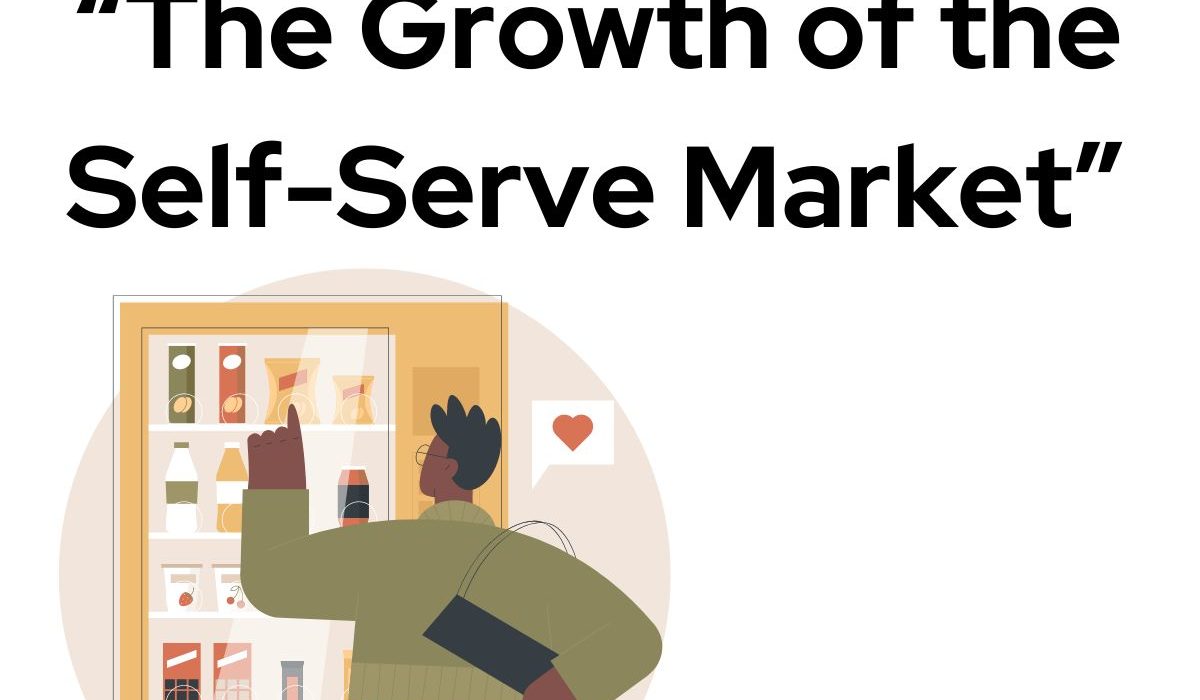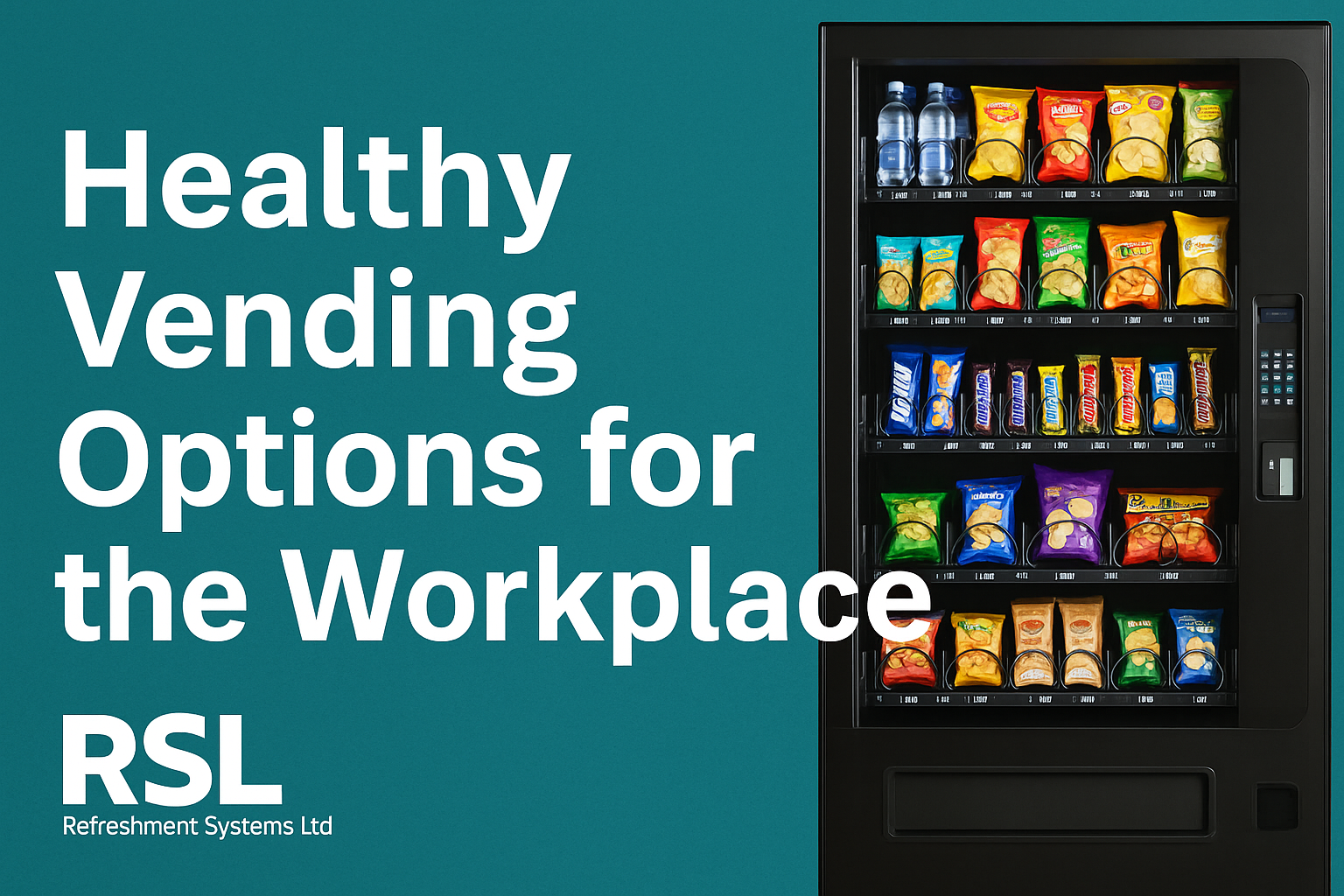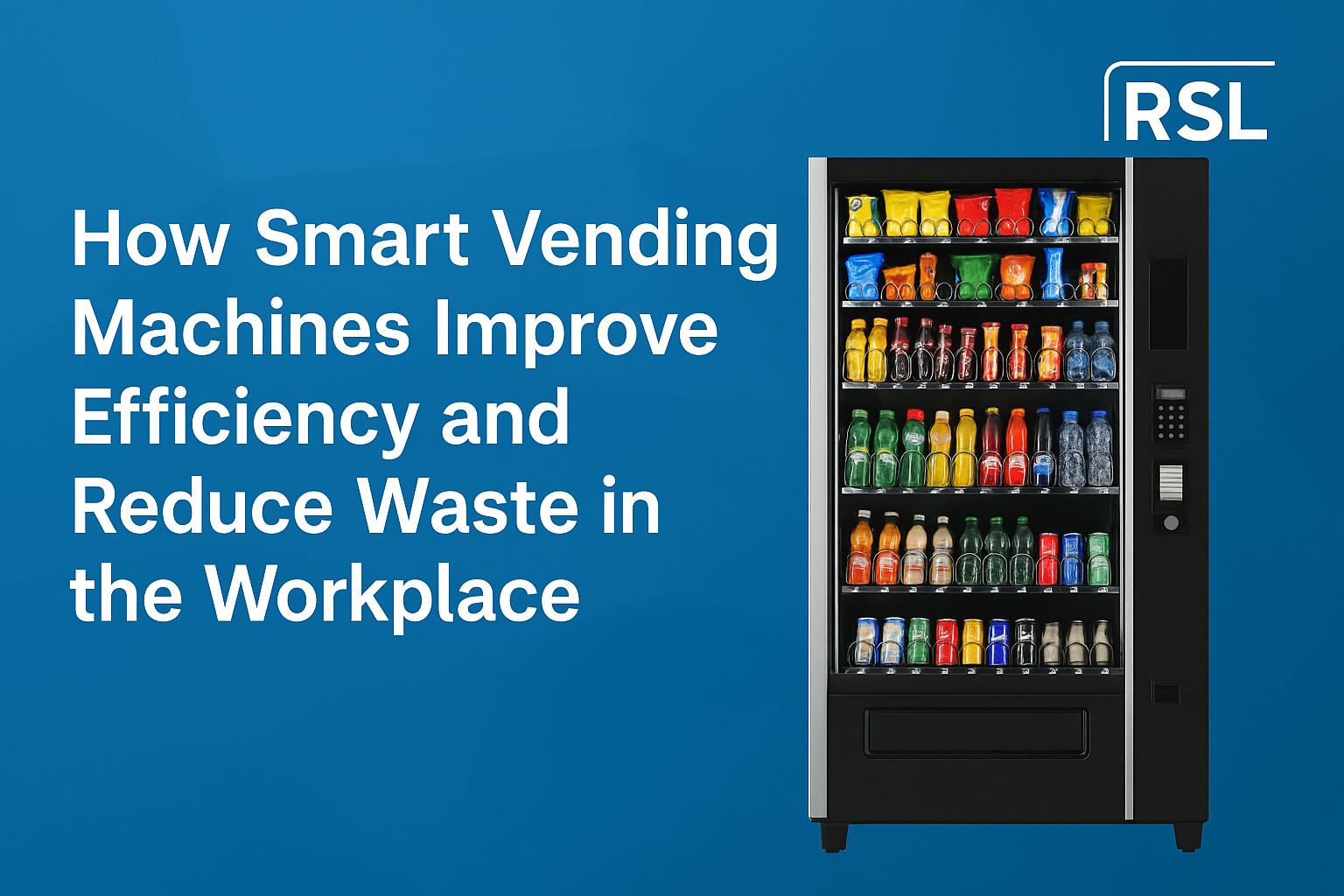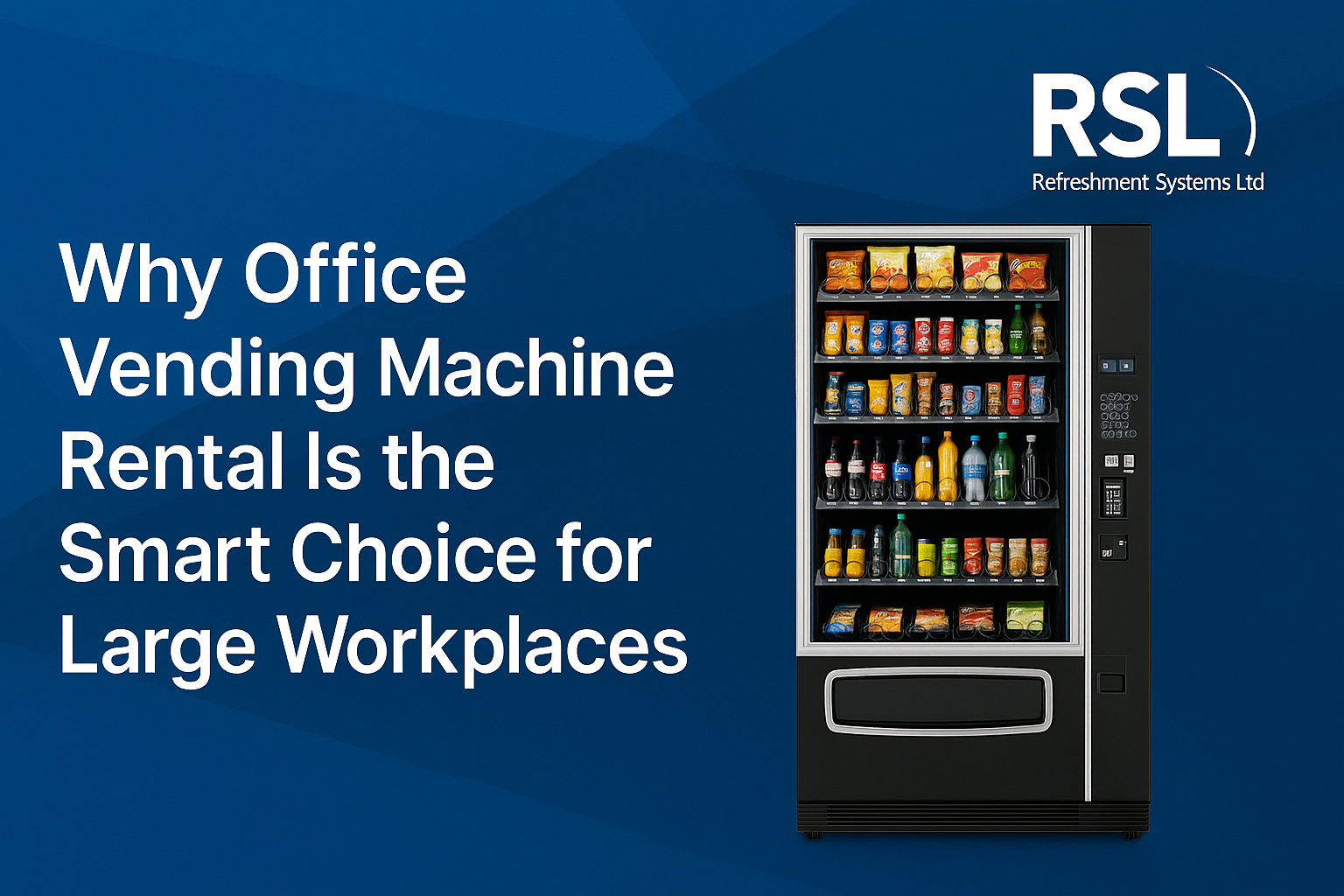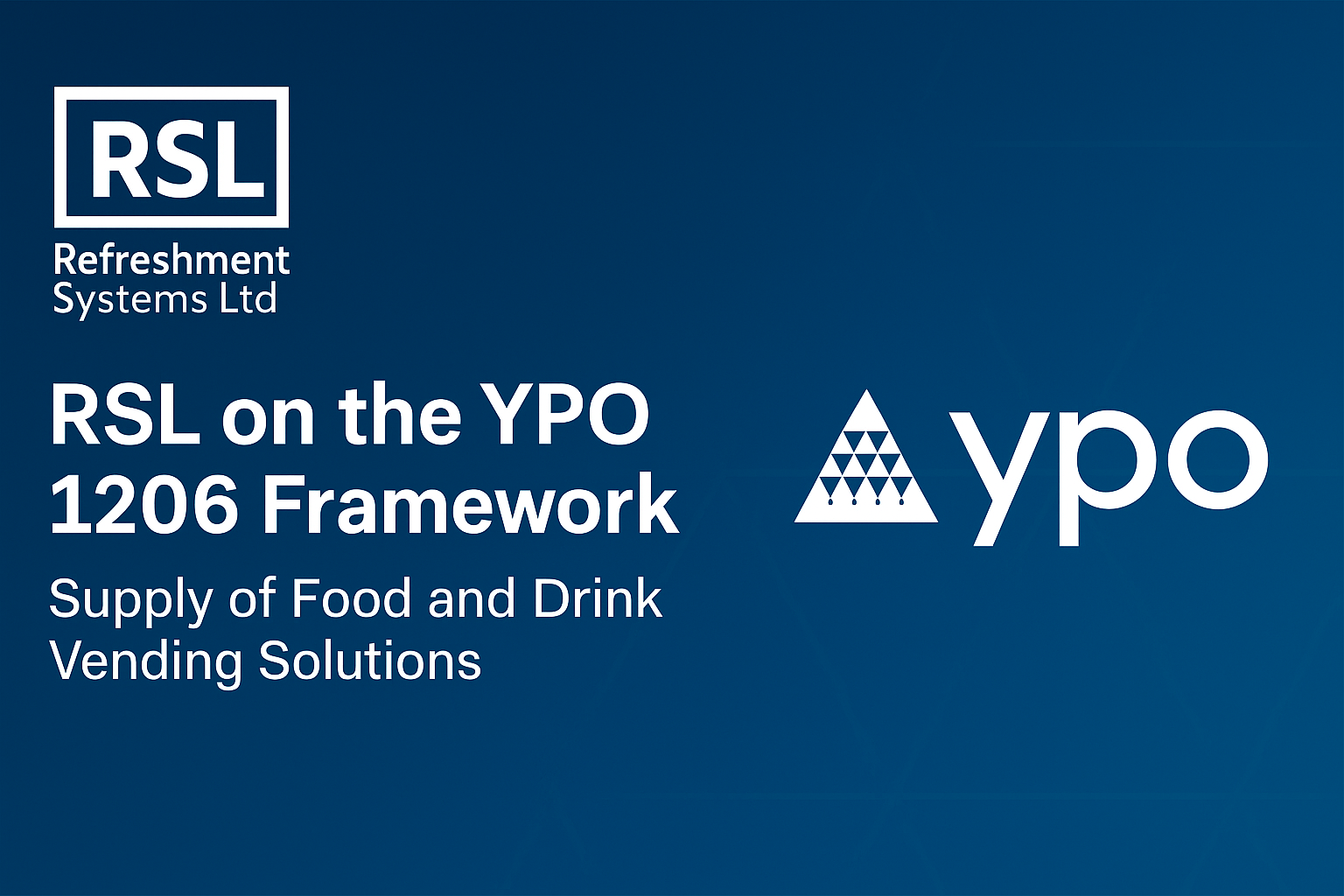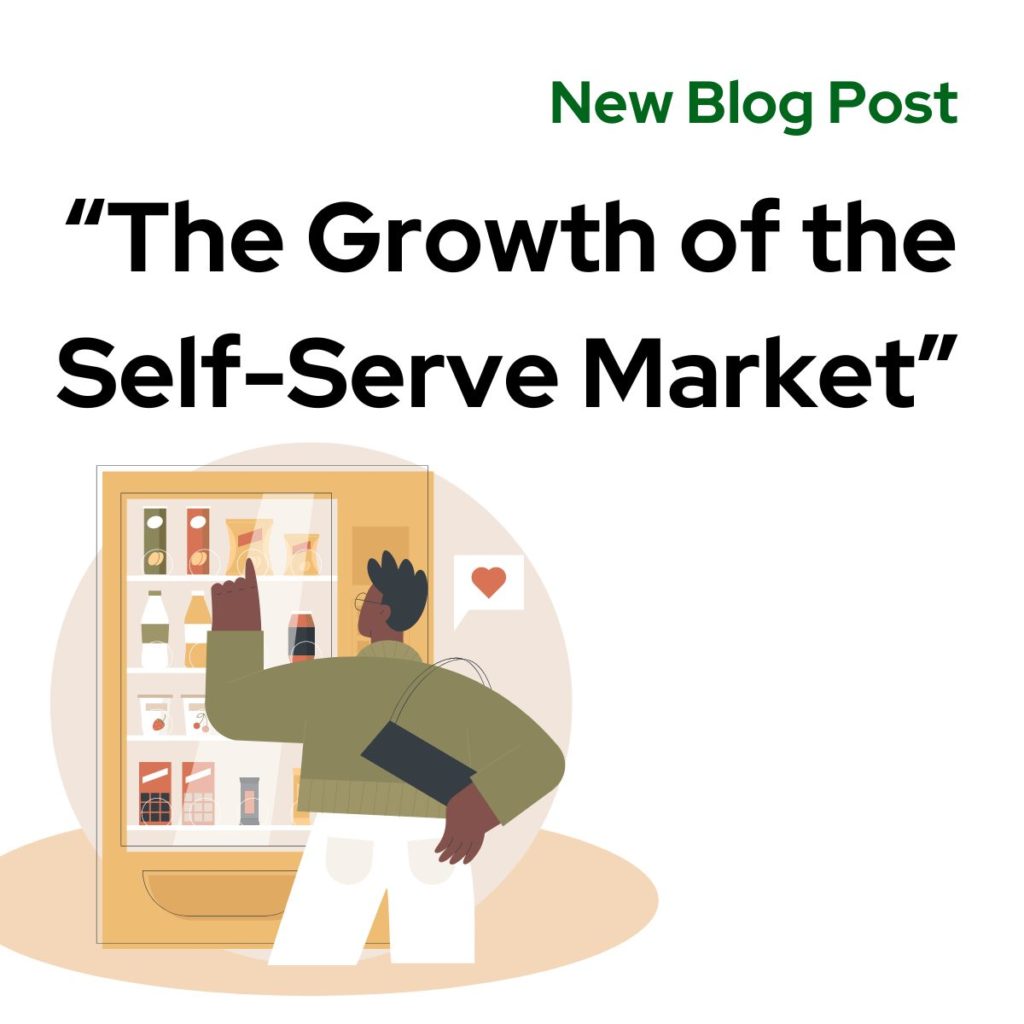
The self-serve market has experienced significant growth over the past decade, fuelled by advancements in technology, changing consumer preferences, and the need for businesses to operate more efficiently. From self-checkout kiosks in supermarkets to self-service petrol stations and automated vending machines, the self-serve market is revolutionising the way we interact with products and services. In this blog post, we’ll explore the factors driving the growth of the self-serve market, the benefits it offers to businesses and consumers, and the potential challenges that lie ahead.
1. The Rise of Convenience
One of the primary drivers of the self-serve market is the growing demand for convenience. Today’s consumers lead busy lives and often prioritise speed and efficiency when making purchases. Self-service options cater to this need by allowing customers to complete transactions quickly and independently, without waiting for assistance from staff.
- Supermarkets: Self-checkout kiosks have become a common feature in supermarkets across the UK. These machines allow customers to scan and pay for their items without needing to interact with a cashier. This not only speeds up the checkout process but also reduces queues during peak shopping hours.
- Petrol Stations: Self-service petrol stations have been around for decades, but they have become increasingly popular as more drivers opt for the convenience of fuelling their vehicles without having to wait for an attendant. This model has also been extended to electric vehicle (EV) charging stations, where drivers can plug in and pay for their charge without needing assistance.
- Food and Beverage: The self-serve model has also made significant inroads into the food and beverage industry. From self-service coffee machines in offices and public spaces to salad bars and frozen yoghurt stations in restaurants, consumers are embracing the ability to customise their orders and serve themselves.
2. Technological Advancements
The rapid advancement of technology has played a crucial role in the growth of the self-serve market. Innovations in automation, artificial intelligence (AI), and payment systems have made it easier than ever for businesses to implement self-service solutions.
- Automation: Automated systems are at the heart of the self-serve market. These systems allow machines to perform tasks that would traditionally require human intervention, such as scanning items, processing payments, and even preparing food and beverages. Automation reduces the need for staff and enables businesses to operate more efficiently.
- Artificial Intelligence: AI is increasingly being integrated into self-serve solutions to enhance the customer experience. For example, AI-powered kiosks can offer personalised recommendations based on previous purchases or preferences. In addition, AI-driven chatbots are being used to assist customers with queries and provide support without the need for human intervention.
- Contactless Payments: The rise of contactless payment methods, such as credit and debit cards with near-field communication (NFC) technology and mobile payment apps like Apple Pay and Google Wallet, has made it easier for consumers to make quick and secure payments at self-serve kiosks. This has contributed to the widespread adoption of self-service options in various industries.
3. Cost Savings for Businesses
Another factor driving the growth of the self-serve market is the cost savings it offers to businesses. By reducing the need for staff to handle routine tasks, businesses can lower their labour costs and allocate resources more effectively.
- Labour Costs: Self-serve kiosks and machines can operate 24/7 without the need for staff to be present, allowing businesses to extend their operating hours and serve more customers without incurring additional labour costs. This is particularly beneficial for businesses with fluctuating customer demand, such as convenience stores and fast-food restaurants.
- Operational Efficiency: Self-service solutions streamline operations by reducing the time and effort required to complete transactions. For example, self-checkout kiosks can process multiple customers simultaneously, reducing wait times and improving overall efficiency. This allows businesses to serve more customers in less time, ultimately boosting their revenue.
- Inventory Management: Many self-serve systems are equipped with advanced inventory management features that allow businesses to track stock levels in real time. This helps prevent overstocking or understocking of products, reducing waste and ensuring that customers can always find what they need.
4. Enhanced Customer Experience
The self-serve market is also growing because it offers an enhanced customer experience. Many consumers appreciate the autonomy and control that self-service options provide, allowing them to tailor their purchases to their preferences and complete transactions at their own pace.
- Personalisation: Self-serve kiosks and machines often allow customers to personalise their orders, whether it’s customising a coffee, selecting toppings for a pizza, or choosing specific items from a vending machine. This level of personalisation is appealing to consumers who want a more tailored experience.
- Speed and Convenience: The ability to quickly and easily complete transactions is a significant draw for customers. Self-serve kiosks eliminate the need to wait in line or interact with staff, allowing customers to get what they need and be on their way in a matter of minutes.
- Reduced Human Error: Self-serve systems reduce the risk of human error in transactions, such as incorrect item scanning or miscommunication between customers and staff. This leads to a smoother and more accurate purchasing process, enhancing customer satisfaction.
5. Adapting to Changing Consumer Behaviour
The growth of the self-serve market is also a response to changing consumer behaviour. The COVID-19 pandemic accelerated the shift towards self-service as consumers sought to minimise contact with others and reduce the risk of virus transmission.
- Contactless Interaction: The pandemic heightened awareness of the importance of contactless interactions, leading to increased demand for self-serve options. Many businesses responded by implementing or expanding self-service solutions, such as contactless payment kiosks and automated checkout systems, to meet customer expectations.
- Shift to Online Shopping: The rise of e-commerce has also influenced the self-serve market, with many consumers becoming accustomed to the convenience of online shopping. This has led to a growing preference for self-serve options in physical stores, where customers can enjoy a similar level of convenience and control over their shopping experience.
- Self-Reliance: The pandemic also fostered a sense of self-reliance among consumers, who became more comfortable with using technology to complete tasks independently. This shift in mindset has contributed to the continued growth of the self-serve market, as consumers seek out solutions that allow them to take control of their purchases and interactions.
6. Challenges and Considerations
While the self-serve market offers numerous benefits, there are also challenges and considerations that businesses need to be aware of when implementing self-service solutions.
- Initial Investment: Setting up self-serve kiosks and machines can require a significant upfront investment in hardware, software, and infrastructure. Businesses need to weigh the potential cost savings and revenue gains against the initial costs to determine whether the investment is worthwhile.
- Maintenance and Support: Self-serve systems require regular maintenance and technical support to ensure they operate smoothly. Businesses need to have a plan in place for troubleshooting and repairs, as well as training staff to assist customers with any issues that may arise.
- Security Concerns: As self-serve systems often involve handling sensitive customer data, such as payment information, businesses must prioritise security to protect against data breaches and fraud. Implementing robust cybersecurity measures and regularly updating software is essential to maintaining customer trust.
- Accessibility: Not all customers may be comfortable or able to use self-serve systems, particularly those with disabilities or limited technological proficiency. Businesses need to ensure that self-service options are accessible to all customers, providing alternative options or assistance as needed.
7. The Future of the Self-Serve Market
The self-serve market shows no signs of slowing down, with continued growth expected in the coming years. As technology continues to advance and consumer preferences evolve, we can expect to see even more innovative self-service solutions across various industries.
- Integration with AI and Machine Learning: The integration of AI and machine learning into self-serve systems will likely continue, enabling even more personalised and efficient customer experiences. AI-driven recommendations, predictive analytics, and natural language processing are just a few examples of how these technologies can enhance self-service options.
- Expansion into New Sectors: The self-serve model is likely to expand into new sectors, such as healthcare and banking, where automation and efficiency are increasingly valued. For example, self-service kiosks could be used for check-ins at medical facilities or for managing financial transactions at banks.
- Sustainability Initiatives: As businesses become more focused on sustainability, we may see self-serve solutions that are designed with environmental considerations in mind. This could include the use of energy-efficient machines, the reduction of packaging waste, and the promotion of digital receipts instead of paper ones.
The growth of the self-serve market is a testament to the power of technology and the changing preferences of today’s consumers. As businesses and consumers alike continue to embrace the convenience, efficiency, and personalisation that self-service options offer, the market is poised for continued expansion. While there are challenges to consider, the benefits of self-serve solutions far outweigh the potential drawbacks, making them an increasingly important part of the modern retail and service landscape. As we look to the future, it’s clear that the self-serve market will continue to evolve, offering new opportunities for businesses to innovate and for consumers to enjoy a more streamlined and satisfying experience.
